Work package 1: Phenotyping crop plants at an early development stage in controlled environments - Work package 1
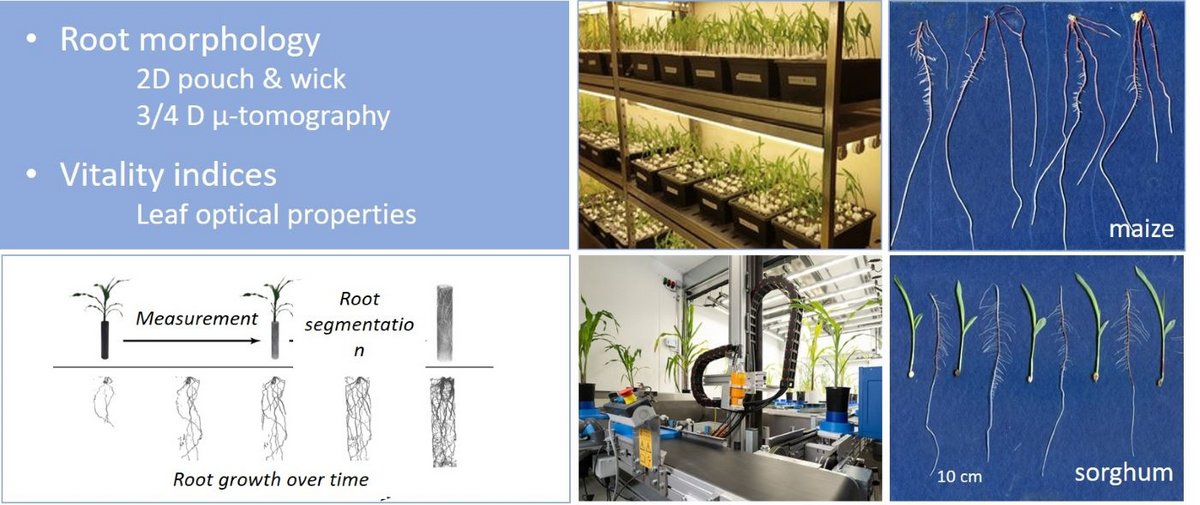
The root organ
The root organ is often considered as the key to a second green revolution but it has long been considered as a black box in plant breeding programs. Optimizing root system architecture could enhance the crop capacity for soil exploration and, thus, nutrient and water acquisition. A current challenge for plant breeding is the limited ability to phenotype the root organ, a lack of methods for non-invasively imaging root organs has restricted the understanding of the genetic basis of root system architecture.
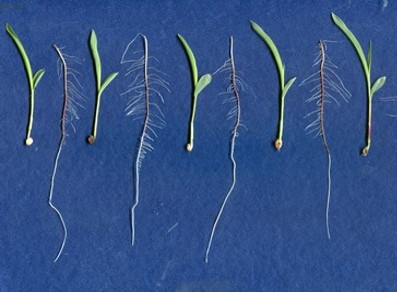
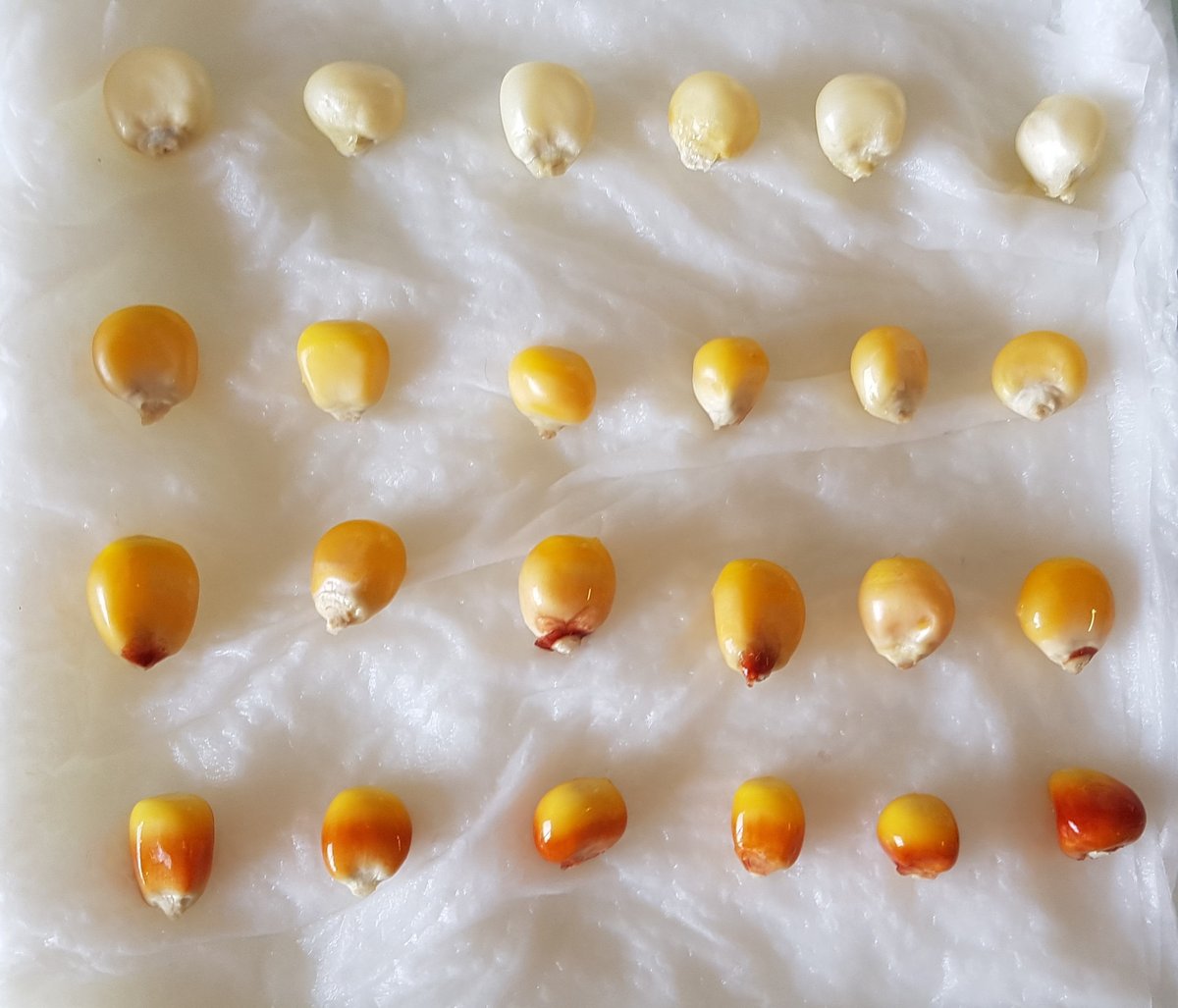
Morphological traits of root plants
Morphological traits of root plants are examined at an early development stage in controlled environments – hydropony under abiotic stress conditions. By observing seedling root morphology, we will identify positive root traits associated with Resource Use Efficiency of the plant (RUE), which measures the proportion of supplied resources converted into new biomass.
Genetic material
The genetic material utilized will be a core set of 247 maize inbred lines and 200 sorghum breeding lines and landraces. A ‘pouch & wick’ hydroponic system (made of two rigid plates and a blue germination paper covering the seedling) will capture the 2D root morphology of the maize and sorghum diversity panels in response to four treatments: control or non-limiting conditions (+N/+H2O), nitrogen stress (-N/+H2O), water stress (+N/-H2O) and combined stress (-N/-H2O). We expect a wide diversity of root morphology among the lines tested.
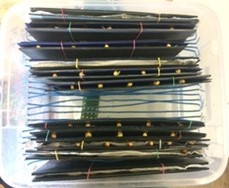
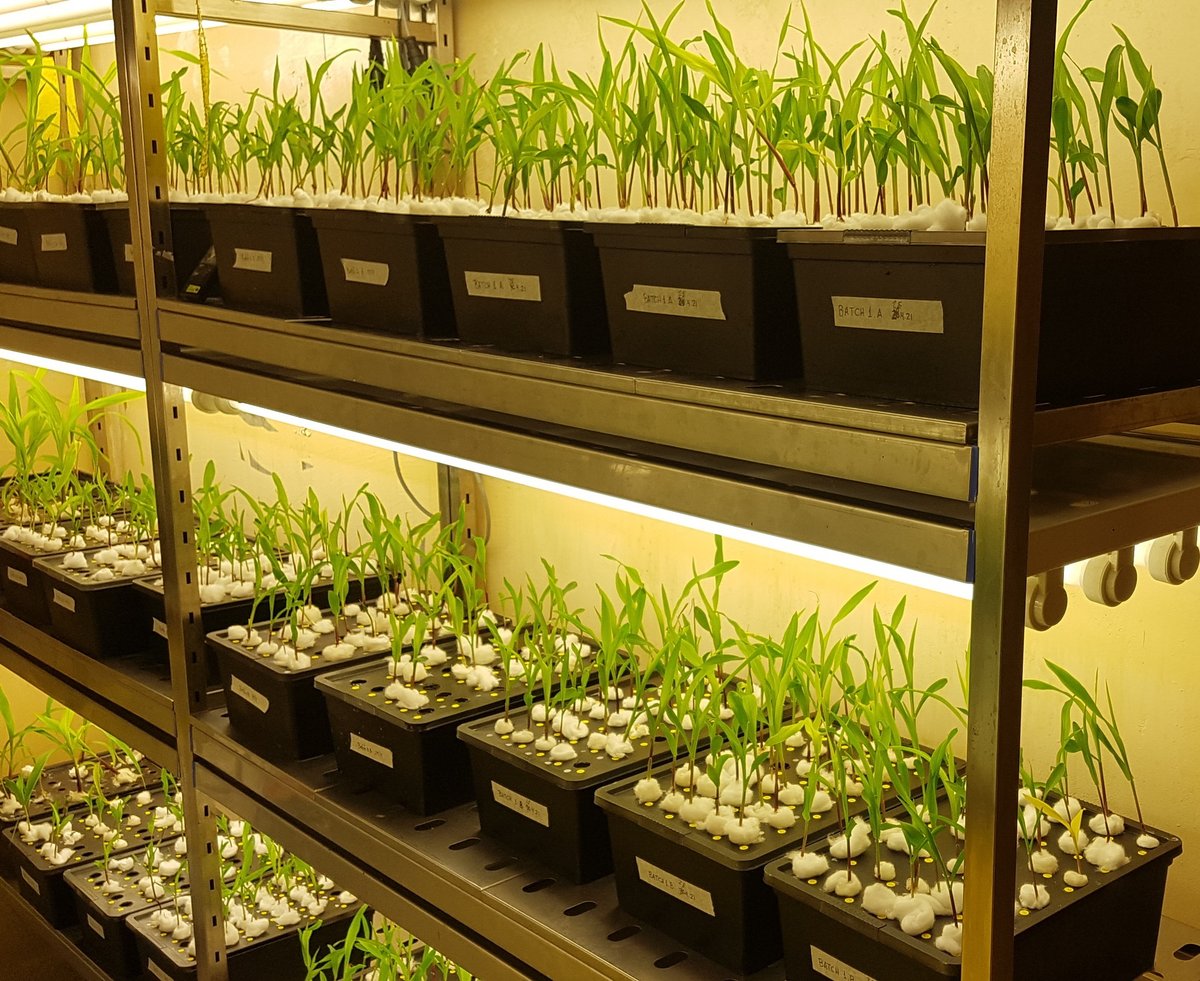
Leaves are pivotal
However, leaves are pivotal in capturing light and CO2, needed for the growth of sink organs (grains). Therefore, it is also important to understand how stress factors affect shoot growth and photosynthesis and how these traits are related with root morphology.
Based on the mentioned root morphology, 18 accessions of both crop species selected according to contrasted root characteristics are further characterized from a physiological point of view. Plants are grown in hydroponics containers for an extended period under the four treatments (non-limiting conditions, nitrogen stress, water stress and combined stress). Various physiological parameters are measured, including the nitrogen balance index (NBI), an indicator of N sufficiency, the photosystem II activity and the CO2/H2O exchange.
